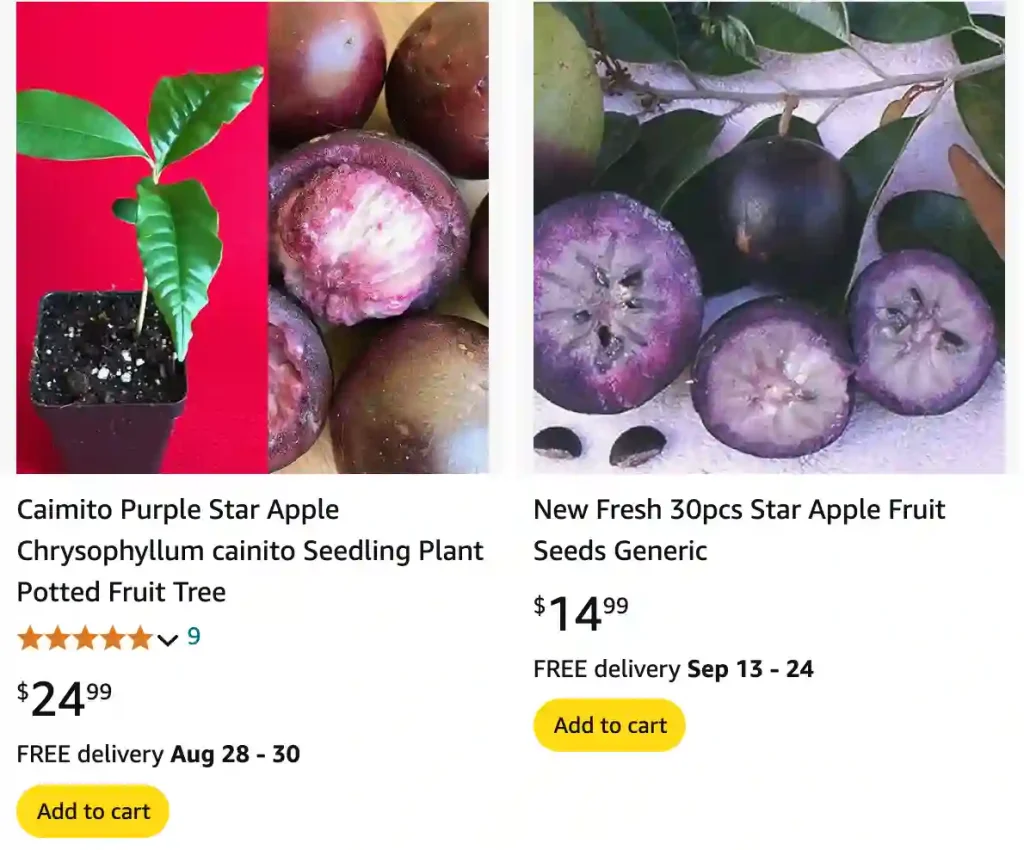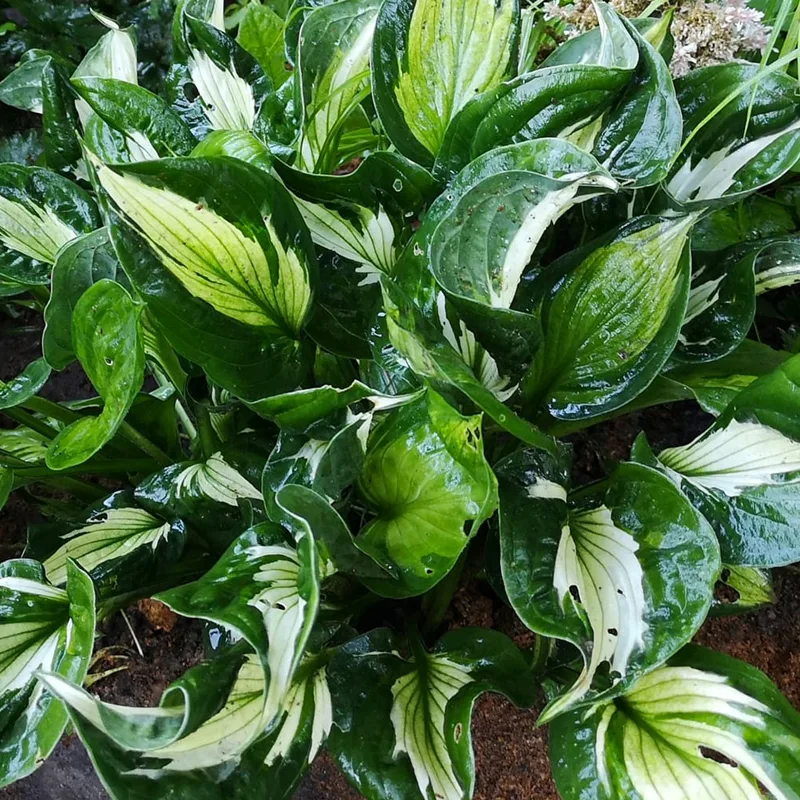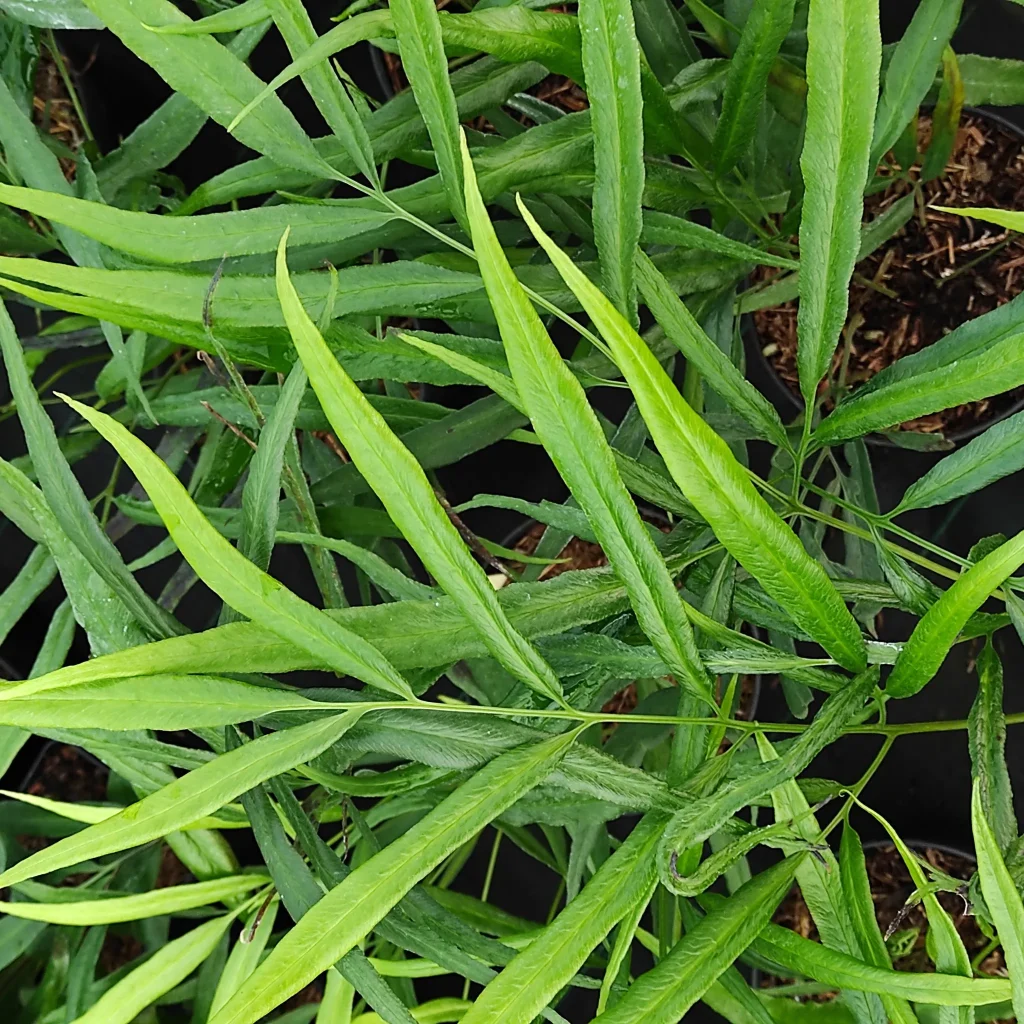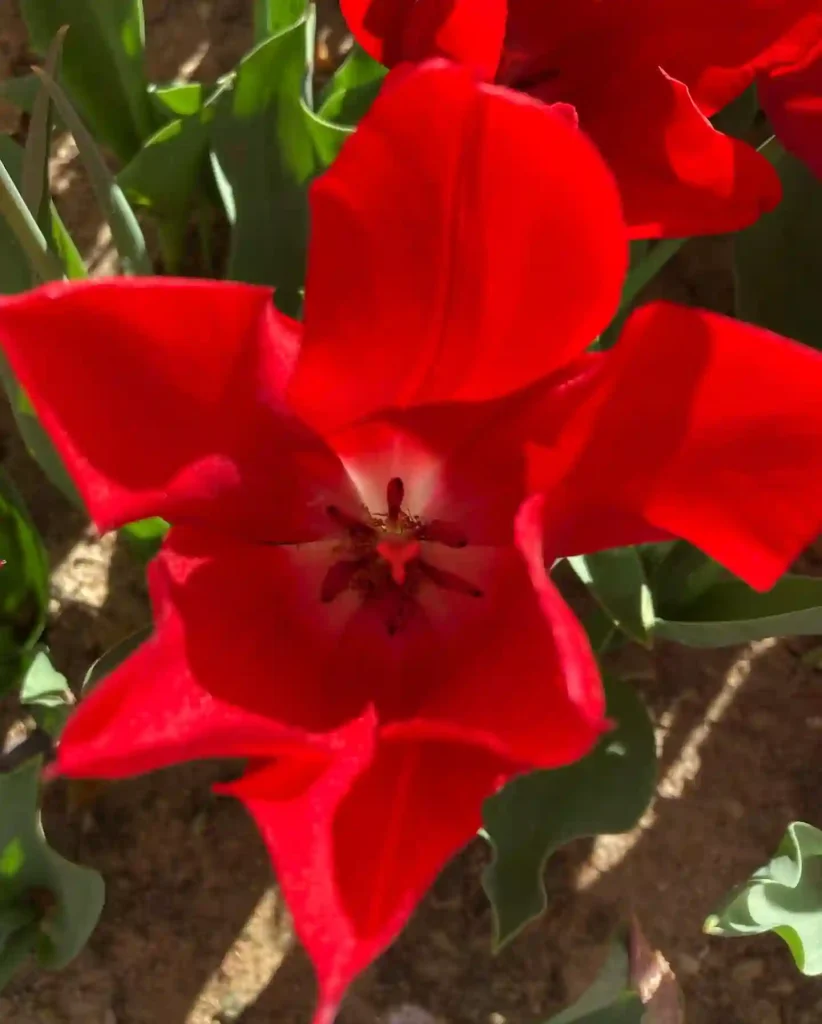
What Is a Star Apple?
The Star Apple, also known as Chrysophyllum Cainito, is a tropical fruit native to the Caribbean and Central America. This exotic fruit is prized for its sweet, creamy texture and unique appearance. It’s often enjoyed fresh or used in various culinary dishes. Its name comes from the star-shaped pattern visible when you cut the fruit open.
37 Species in Genus Chrysophyllum
What Does Star Apple Taste Like?
When it comes to taste, the Star Apple is quite delightful. It has a flavor that’s a mix between a pear and a tropical fruit like mango or banana. The flesh is creamy and smooth, with a sweet and mildly tangy flavor. It’s the kind of fruit that’s both refreshing and satisfying.
How to Eat Star Apple?
Eating a Star Apple is simple. First, you’ll need to cut it in half. The fruit has a tough outer skin that’s typically green, purple, or reddish when ripe. Inside, you’ll find a white or light-colored flesh with star-shaped patterns. Scoop out the flesh with a spoon, avoiding the seeds, and enjoy. Some people prefer to chill it before eating to enhance its flavor.
How to Cut a Star Apple?
To cut a Star Apple, start by washing it thoroughly. Using a sharp knife, slice it in half lengthwise. The flesh inside will reveal the star-shaped pattern. You can then scoop out the flesh using a spoon. If the skin is tough to cut through, a serrated knife can make the job easier.
How to Know If a Star Apple Is Ripe?
A ripe Star Apple will have a slightly soft texture when gently squeezed. The skin color varies depending on the variety but typically ranges from green to purple or reddish. If the fruit is hard, it’s not yet ripe. Let it sit at room temperature for a few days to ripen.
Where to Buy Star Apple?
Star Apples are often found in specialty grocery stores or farmers’ markets that carry tropical fruits. If you’re in a region where the fruit is less common, online retailers might be your best bet. Ensure that the fruit is ripe before purchasing.
Can Dogs Eat Star Apple?
It’s best not to feed Star Apple to dogs. While it’s not toxic, the fruit’s high sugar content and potential for causing digestive upset make it unsuitable for canine diets. Stick to dog-friendly fruits like apples or blueberries instead.
How to Germinate Star Apple Seeds?
Germinating Star Apple seeds requires some patience. First, remove the seeds from the fruit and clean them thoroughly. Soak the seeds in water for 24 hours to help with germination. Plant the seeds in a pot with well-draining soil, and keep them in a warm, sunny location. Water them regularly and be patient; germination can take several weeks.
Star Apple vs. Mangosteen
While both the Star Apple and Mangosteen are tropical fruits, they are quite different. The Mangosteen has a thick, purple rind with a juicy, white interior that’s sweet and tangy. In contrast, the Star Apple has a thin skin and a creamy, smooth flesh with a more subtle flavor. Mangosteen is often considered the “queen of fruits,” while the Star Apple is known for its unique star-shaped pattern and rich texture.
Star Apple vs. Starfruit
The Star Apple and Starfruit (also known as Carambola) might sound similar, but they are distinct fruits. Starfruit has a waxy, yellow or green skin and a tart flavor with a crisp texture. When sliced, it resembles a star, which is how it got its name. Star Apple, on the other hand, has a softer, sweeter flesh and a smooth texture, and it’s usually eaten fresh.
How to Care for a Star Apple Tree?
Caring for a Star Apple tree involves providing it with a warm climate and well-draining soil. It thrives in tropical and subtropical regions. Regular watering is essential, especially during dry periods. Pruning helps maintain the tree’s shape and encourages healthy growth.
How to Propagate Star Apple?
Star Apple can be propagated from seeds or by grafting. For seed propagation, follow the germination process mentioned earlier. Grafting involves taking a cutting from a mature tree and attaching it to a rootstock. This method can be more reliable for producing fruit.
What to Plant With Star Apple?
If you’re planting a Star Apple tree, consider companion plants that thrive in similar conditions. Plants like mango, avocado, and citrus trees can work well together. They all enjoy similar soil and sunlight conditions and can help create a diverse and productive garden.
Is Star Apple Toxic?
Star Apple is not toxic to humans. However, it’s best to eat it in moderation, as excessive consumption might lead to digestive issues. For pets, particularly dogs, it’s advisable to avoid giving them this fruit due to its sugar content and potential for causing stomach upset.
Benefits of Eating Star Apple
Star Apple is rich in vitamins and antioxidants, which can benefit your health. It provides a good amount of vitamin C, which supports the immune system, and its fiber content aids digestion. The fruit’s creamy texture and sweet taste make it a nutritious and enjoyable addition to your diet.
Common Problems with Star Apple
One common issue with Star Apple is that it can be prone to pests like fruit flies and scale insects. Regular inspection and proper care can help manage these problems. Additionally, the fruit’s shelf life is relatively short, so it’s best to consume it shortly after purchasing.
By understanding these aspects of the Star Apple, you can better appreciate this unique tropical fruit and make the most of it in your culinary adventures. Whether you’re eating it fresh, germinating seeds, or comparing it with other exotic fruits, the Star Apple offers a delightful experience for those who enjoy tropical flavors.
If i die, water my plants!



